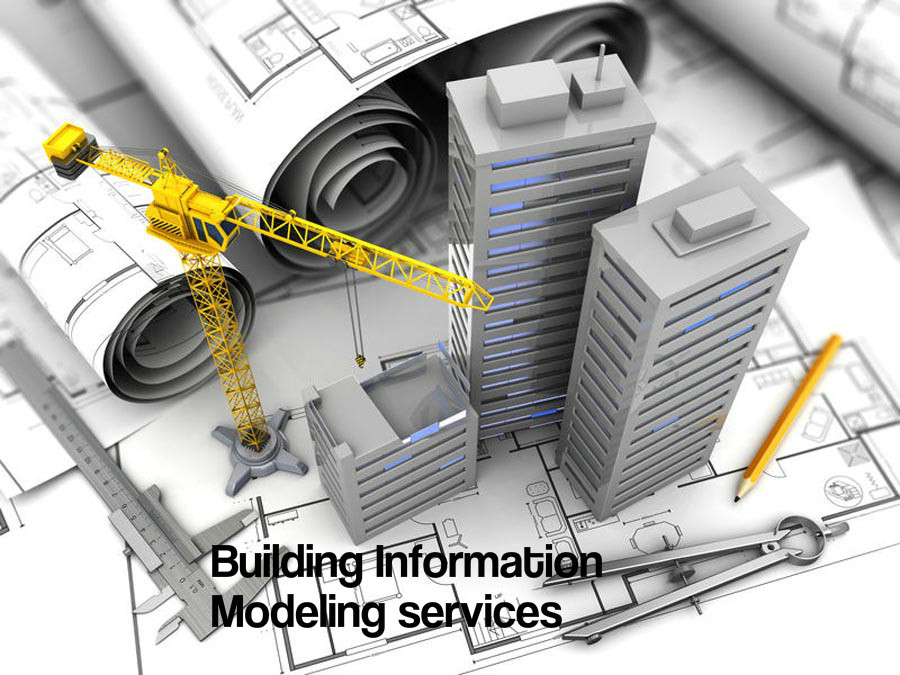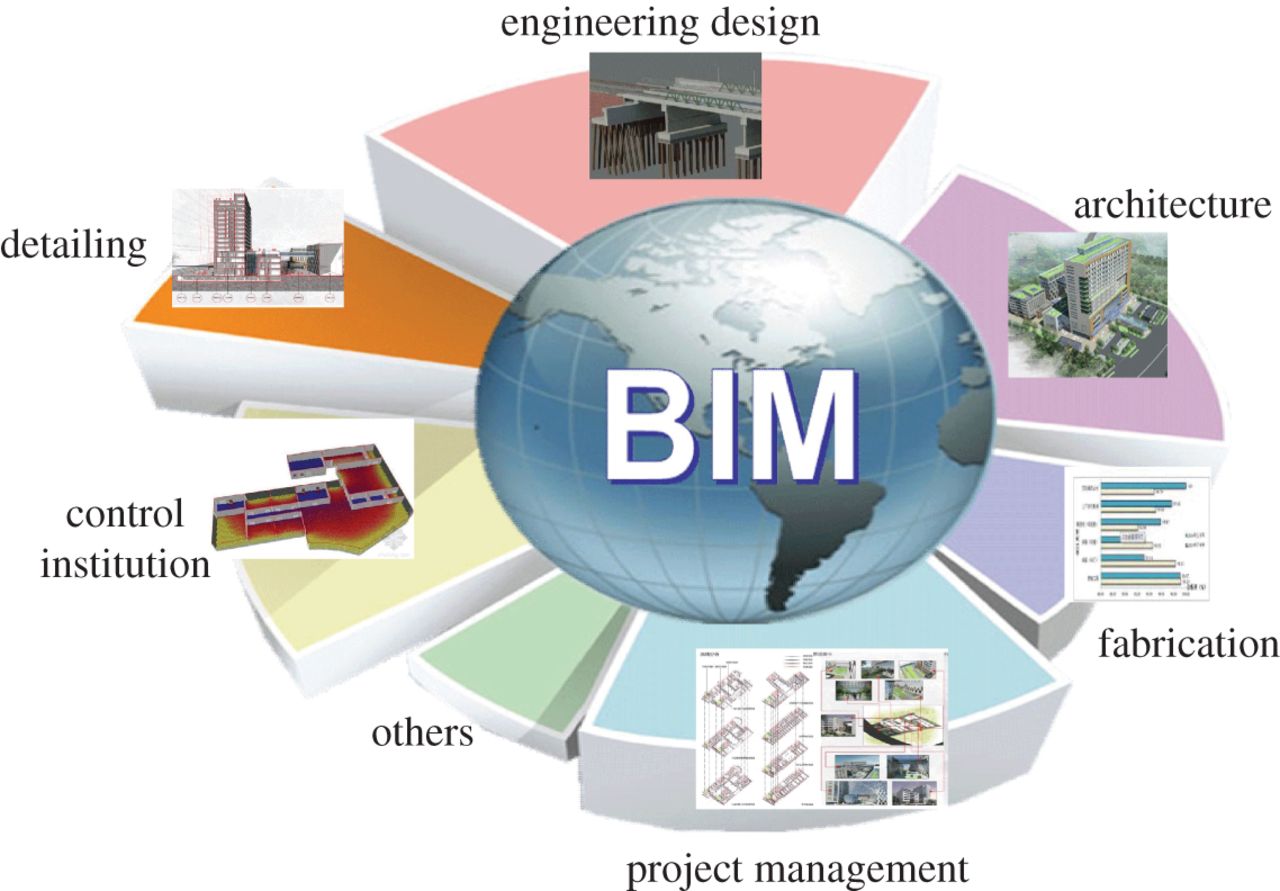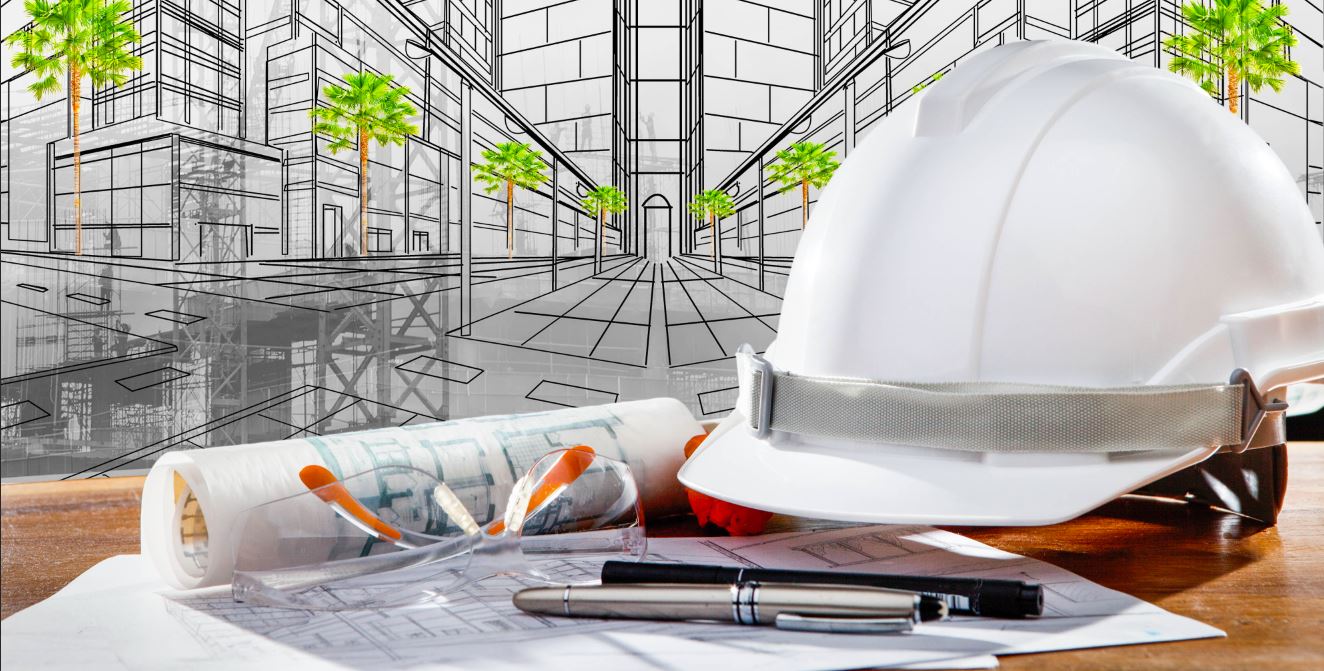

4D BIM: Includes additional dimension of information in form of scheduling data, used to acquire precise program details and visuals as to how the project is proceeding.
Benefits of 4D BIM:
1. Enhances site planning and scheduling optimization
2. Improves sharing of information about timeline expectations
3. Allows seamless coordination between the users
4. Improves efficiency and safety
5. Enables addition of sequencing information
5D BIM: is known for applying ‘cost’ element to a construction project, takes a form of 3D geometry and enables the user to visualize the progress of the building process.
Benefits of 5D BIM:
1. Simplifies budget and cost analysis
2. Minimizes cost reporting and budgetary offshoot
3. Automatically counts for system, component, etc.
4. Provides real-time cost 3D visualisation
6D BIM: known as integrated BIM, includes details (installation date, the configuration of elements, etc.) required to back facilities management and operations to drive the desired construction outcomes.
Benefits of 6D BIM:
1. Captures and records data
2. Let the user assess the cost-effectiveness
3. Enables pre-planning of maintenance activities
4. Provides long-term virtual building model
5. Offers localized construction information



